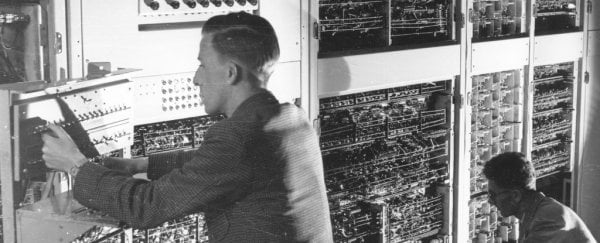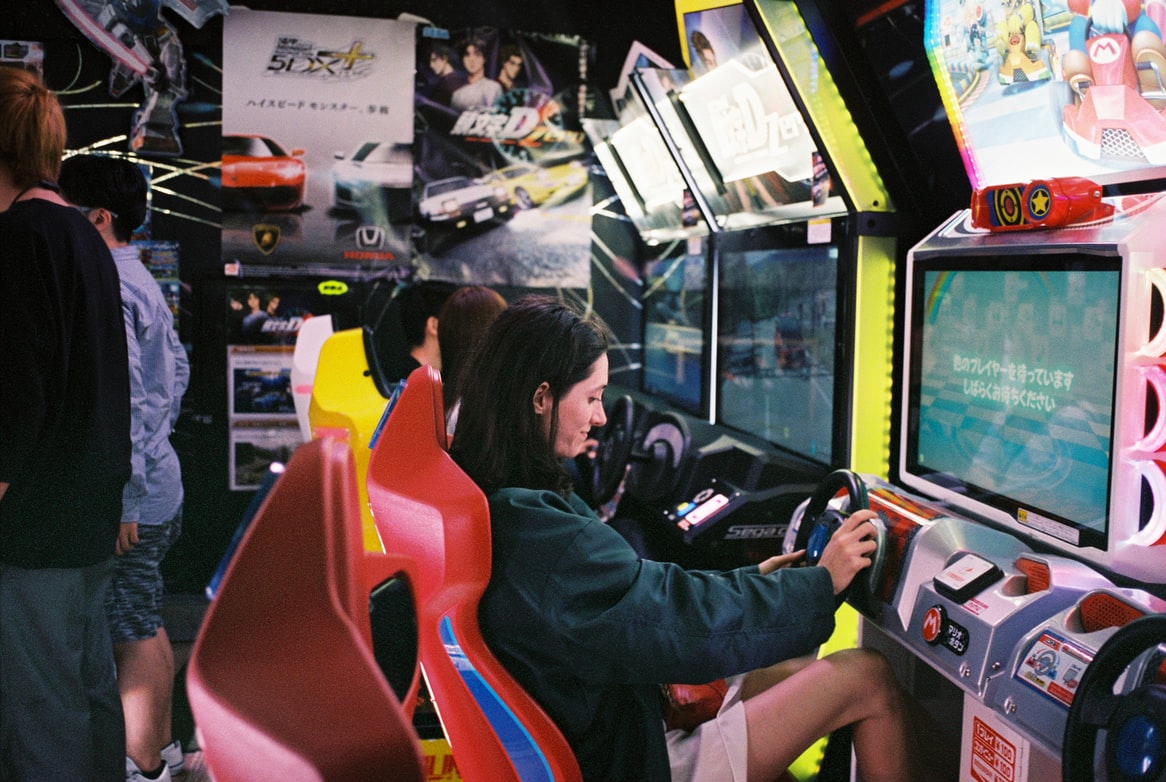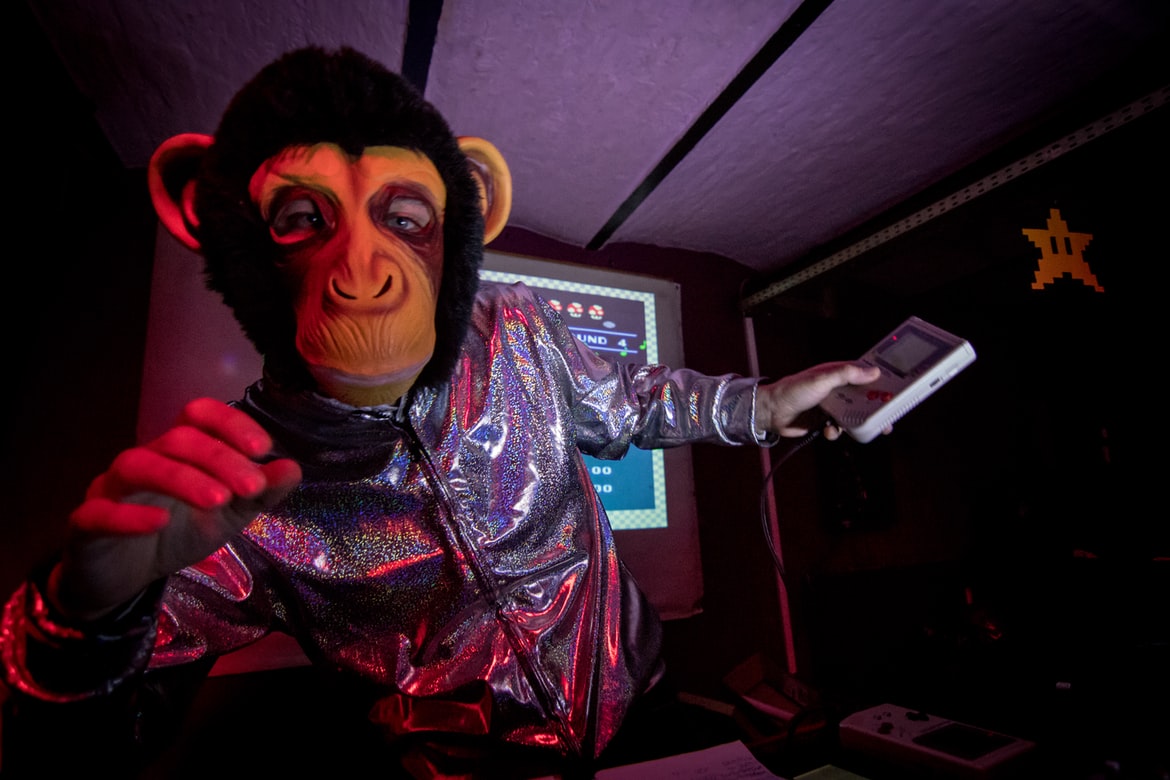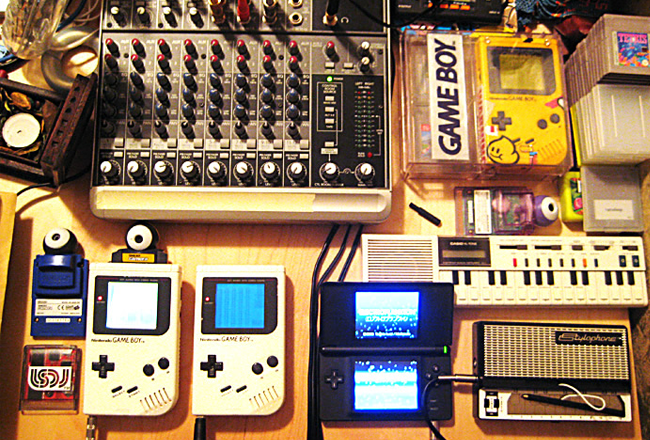The weird and wonderful world of chiptune music
The music of a generation of video game players, it lives on through the power of the internet.
Chiptune, 8-bit, retro video game music; however you describe it, you’re definitely familiar with it. For many, the sound of chiptune music has been with us since childhood, soundtracking the earliest video games we played.
The iconic sounds of these bleeps and bloops may be all too familiar but how much do we really know about them and the influence they’ve had on the modern music industry? We’re going to explore the history of chiptune music, the evolution of the style into a subculture, and the mark it has made on music ever since.
The origins of chiptune music
At its foundation, chiptune music is music that is made entirely by a computer. The synthesised sounds of the song are generated by computer chips, hence the name. The origins of chiptune music are then rooted back as far as the 1950s when computers were first ever used to produce real-time, synthesised digital music.

The first albums of computer generated sounds came from the Personal Computing Shows of 1978 from the First Philadelphia Computer Music Festival. As electronic music developed slowly through the world of pop music, beginning with the introduction of electronic elements in Beatles and Beach Boys records and evolving with acts like Kraftwerk and Brian Eno, a different electronic music culture was growing for an entirely different audience.
As video games grew in popularity, their makers wanted something to not only enhance the experience of playing them but a way of distinguishing their games to make them immediately recognisable. During the ‘Golden Age of Video Arcade Games‘ in the late ’70s and early ’80s, arcade game makers began implementing music into their games and it quickly caught on.

However, they were severely limited by their technology and sounds were generally produced with one sound wave, giving them their primitive beeping or noisy tone which is so well recognised today.
Space Invaders broke ground as the first video game to use a continuous melody that repeated as players played the game in 1978. It was used to great effect by creator Tomohiro Nishikado, programming the descending loop to increase in tempo as the game progressed and became more tense. It didn’t just create the first iconic video game music but enhanced the gameplay.
By the mid 1980s video game creators were using multiple sound chips in their arcade units to create more complex sounds. This allowed for more variety in the types of waves being played and offering versatility in frequency, pitch, and timbre.
As video games advanced and moved into the home on personal computers, so did the music. By the time of the late 80s home consoles, like the Nintendo Entertainment System which offered five sound channels, 8-bit music was accompanying games and creating soundtracks that are still remembered today.
The sound interface device (SID) came in the home computer Commodore 64 and took the complexity of digital sound production further. The SID was capable of processing three channels at a time, each capable of producing sawtooth, square, triangle, or noise wave sound waves.
Funnily, portable game consoles became a favourite for sound producers as they were often designed with the sound chips in mind for a better gaming experience. Home computers, whilst capable of producing sound were not built with sound as a priority and were therefore less reliable or straightforward when it came to producing complex sounds that made for more interesting game music.
Eventually, the technology became more sophisticated and was able to play back samples allowing for pre-recorded music, sounds, and voices to be added to games and computers. The huge gaming industry had spread across the world and for people everywhere, the early sounds had laid their foundations in ears and hearts for a lifetime.
Chiptune music in the world today

As the technology surpassed early sound chips and recorded sounds were able to be used more and more, providing a more colourful soundscape in gaming, surely chiptune was forgotten in the past? Well, I’m sure you already know the answer to this but just in case: no.
Having influenced a generation and many chiptune compositions becoming cultural icons of their own right, the style was not forgotten. Whilst we may live in an age of 4K televisions with games such as Grand Theft Auto offering not just fully composed, original in-game recordings but a whole host of radio stations featuring real songs from artists to pick from; the old ways have not been fully forgotten.
Chiptune lives on today with a strong community of creators online. The creation of these simple waveform pieces has become much easier, with dedicated software capable of reproducing the simple sound synthesis set up. Creators online have likely created a chiptune version of any popular song that you can think of and then some – just search it!
Beginning with simple pieces of software like LittleSoundDJ for the Game Boy, it became simple for anyone to have a go at creating music with the old, crunchy soundwaves of games’ past. Offering a fairly straightforward creation process (once you understand the UI), it offered programming control over its sound chips. Using the noise channel users could create a beat, then other channels offered melody options with simple music note inputs, and customisation of each waveform’s structure gave power over creating a unique sound.
Taking this same approach to music creation and recreating the sound production of these basic sound chips, there are now a variety of options for chiptune creation on computers. In fact, what was once a sophisticated form of musical production is now available to access and create with in a website that works in a similar way like beepbox.
This freedom of creation has birthed whole communities of chiptune music creators and you need simply to type chiptune into YouTube to see how popular the ‘genre’ is. The aesthetic has prevailed through into popular culture through other genres: The sounds of retro video games are often sampled in hip-hop, heavy metal bands like Dragonforce display clear influence from video game compositions, and even pop stars like Kesha. You recognise this.
A BBC article in 2010 explained how video games were influencing modern art, saying: “The sights and sounds of old-school games like Frogger and Donkey Kong are now becoming a part of mainstream music and culture. A burgeoning movement of musicians and artists are getting inspiration from the games of the past.”
Composer and visual artist Tristan Perich said at the time: “The chiptune scene in the UK is exploding, we’re only a little island and one person can upload a track to MySpace on night and about 30,000 people will try to copy it the next day – music moves so quickly online.” You can be sure that it has only come further since, with entire online communities dedicated to the movement and software for creations readily available.
The iconic sounds of chiptune music have even returned to video games, with a nostalgic re-imaging of the classic video games’ styles being seen in games like Undertale and Shovel Knight. These games seek to re-create the formulas of their retro predecessors, in some cases their visuals, and also often their methods of music. Check out this retro style, contemporary banger from the aforementioned Undertale.
Do you have nostalgia-tinted memories of chiptune music? Do you have a favourite piece? Share your memories of chiptune with us in the comments below.
